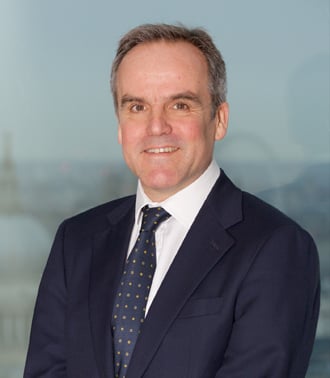Hedge Funds’ Ability to Reach EU Investors Could be Curtailed by New Alternative Investment Fund Management Directive Requirements
NEW YORK—Funds marketing to most investors in the European Economic Area (EEA), which includes the European Union, will not be able to continue doing so after July 22, 2013, unless they have fulfilled certain specific reporting and filing requirements set forth by the Alternative Investment Funds Management Directive (AIFMD), caution Kaye Scholer partners Timothy Spangler and Simon Firth.
The AIFMD requires managers of alternative investment funds (AIFs) to report to local regulators and make certain disclosures to European investors if they wish to continue using local national private placement rules (NPPRs) to sell their funds. For the purposes of the AIFMD, AIFs include private equity, hedge and real estate funds, regardless of where the fund is formed or the manager is based.
If a fund has EEA investors but is no longer marketing in the EEA, or if it only accepts EEA investors through July 22 as a result of reverse solicitation, the new rules do not apply. One other exception comes from the UK, which has recently announced that it is allowing a transitional period of up to July 22 2014 for funds marketed there, meaning that until then the current UK NPPR regime can be used without the additional reporting requirements.
“This move by the European Union constitutes a significant pull-back to reach investors, even as the US is greatly expanding funds’ ability to garner new investors through marketing and other efforts,” observes Spangler, stressing that EU investors currently account for a significant portion of the typical fund investor pool.
“There’s that great line from Casablanca about how Rick and Ilsa will ‘always have Paris,’” Firth says, “but fund managers—at least from the smaller and mid-sized firms—may feel compelled, as a practical and financial matter, to leave France and most other EU countries, and instead focus their efforts on Asia and the Middle East where the administrative requirements are less onerous. For all funds, at the very least, this new directive will encourage funds do a careful analysis of whether marketing in Europe will be worth the additional administrative and personnel costs.”
For those funds that wish to continue marketing in the EEA after July 21, 2013, Spangler and Firth recommends several general steps funds can do to comply:
- Report certain matters to the local EEA member state regulator when using the NPPRs
- Provide annual reports (which must disclose information prescribed by the AIFMD) and other information to investors
- Review your offering documents to comply with disclosures prescribed in the AIFMD in order to use the NPPRs, including updating the relevant EEA selling restrictions and legends
- Check that certain co-operation agreements are in place between the SEC and each local regulator in the country where you are marketing, and the same with respect to the regulator of the jurisdiction of the fund (and Delaware, the Cayman Islands and Bermuda, for example, will qualify for this purpose), and note that the fund must not be formed in a FATF blacklisted country
- Check the status of implementation of the AIFMD in each EEA member state where marketing is to take place. Member states may add additional requirements in relation to marketing using the NPPRs: for example in the UK, the AIF must first be registered with the regulator, the Financial Conduct Authority, before in cam be marketed in accordance with the UK NPPRs. Other countries may restrict their NPPRS, and Germany is one such jurisdiction.
- Ensure compliance with the NPPRs and other applicable laws and regulations by third party distributors
Separately from the marketing obligations, Spangler and Firth note that if a fund acquires control (including on a joint basis) of an unlisted EU company, it must make certain disclosures to the company, its shareholders and the local regulator, though SPVs formed for holding real estate interests are exempt from this requirement.
“Beginning in mid-2015, funds can apply for ‘passport’ to enable managers to market their offering(s) to professional investors across the EEA, but only if the funds are fully compliant with the AIFMD and chose an EEA ‘member state of reference’ whose regulator will regulate their EEA marketing activities in accordance with the Directive,” says Firth. “Otherwise the NPPR regime will remain in place until at least 2018, when it will be re-evaluated by the EU authorities.”
Kaye Scholer’s Investment Fund Practice helps structure, document and register a variety of pooled investment vehicles for US, UK and European funds and their advisers. It regularly advises sponsors on the formation, structuring and negotiation of a wide variety of investment vehicles, as well as on the full spectrum of securities and regulatory issues typically associated with such transactions. It also also advises on a wide range of compliance and exemptive issues, including discussions with the SEC, the FSA and other regulators.

